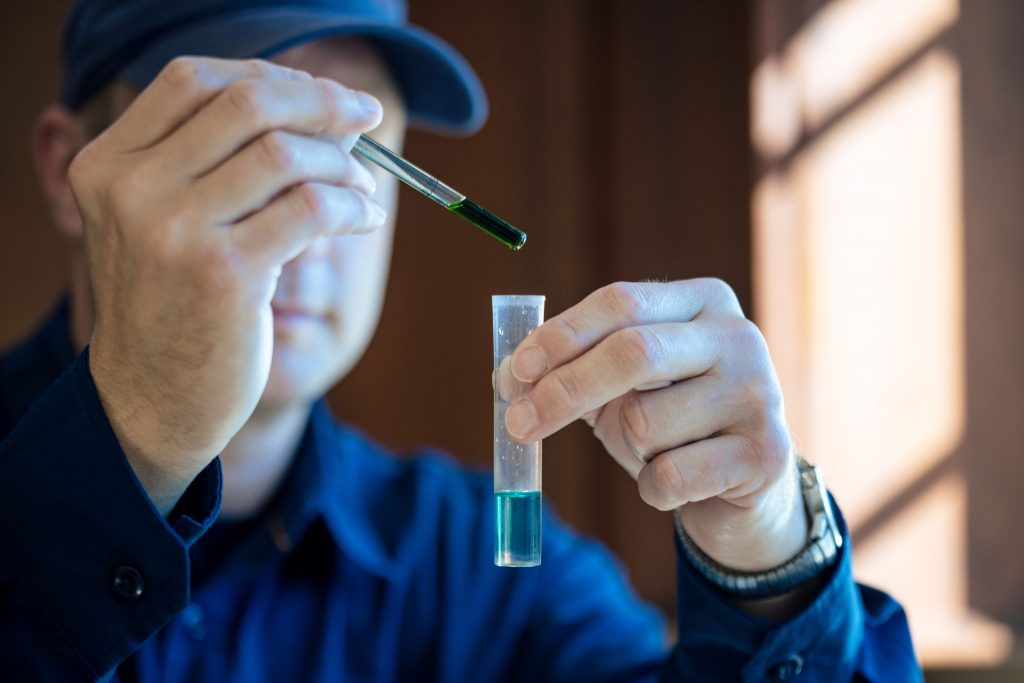
A few more facts about water quality:
- Around 70% of the industrial waste is dumped into the water bodies where they pollute the usable water supply.
- Fourteen billion pounds of garbage mostly plastic, is dumped into the ocean every year.
- 15 million children under the age of five die each year because of diseases caused by drinking water.
- In America, 40% of the rivers and 46% of the lakes are polluted and are considered unhealthy for swimming, fishing or aquatic life.
- As per U.S. EPA estimates, every year in the U.S, 1.2 trillion gallons of sewage from household, industry and restaurants is dumped in to U.S. water annually.
- Plastic waste being a major water pollutant, is causing huge destruction of marine life and is believed to be responsible for deaths of more than 100,000 sea mammals, sea birds and various types of fishes.
- Aquatic animals have faced an estimated extinction rate five times more than that of terrestrial animals.
- Cruise ships are also a major source of water pollution. They produce over 200,000 gallons of sewage which is mostly released in the ocean. Apart from that, they are also causing at least 35,000 gallons of water contamination due to oil spills.
What is Water Quality?
As defined by the World Health Organization, “Water quality is a term used to express the suitability of water to sustain various uses or processes. Any particular use will have certain requirements for the physical, chemical or biological characteristics of water; for example limits on the concentrations of toxic substances for drinking water use, or restrictions on temperature and pH ranges for water supporting invertebrate communities.”
In its simplest terms, water quality is the degree to which water is clean, and whether it is suitable for drinking, for making plants grow, or for fish to live in, etc.
Drinking water standards are regulations that the EPA (Environmental Protection Agency) sets to control the level of contaminants in the nation’s drinking water. These standards are part of the Safe Drinking Water Act that protects public drinking water supplies throughout the nation. It includes assessing and protecting drinking water sources; protecting wells and collection systems; making sure water is treated by qualified operators; ensuring the integrity of distribution systems; and making information available to the public on the quality of their drinking water.
Each regulation outlines the requirements that systems must follow. It is the role of each state and local government to make sure their utilities follow these regulations, to ensure safe drinking water for the general public.
The EPA provides a good deal of useful information for both the professional plumber and consumers. Here is a link to their website: https://www.epa.gov/environmental-topics/water-topics For state specific information: https://www.epa.gov/wqs-tech/state-specific-water-quality-standards-effective-under-clean-water-act-cwa
A Map Showing Locations For Lead in Water Near Schools
Lead in your kids water? How can that be? View the map provided by Environment America Research & Policy Center to learn more.
Contact us today at 703.433.9323 and ask to speak to our water treatment specialist for a free water test!
